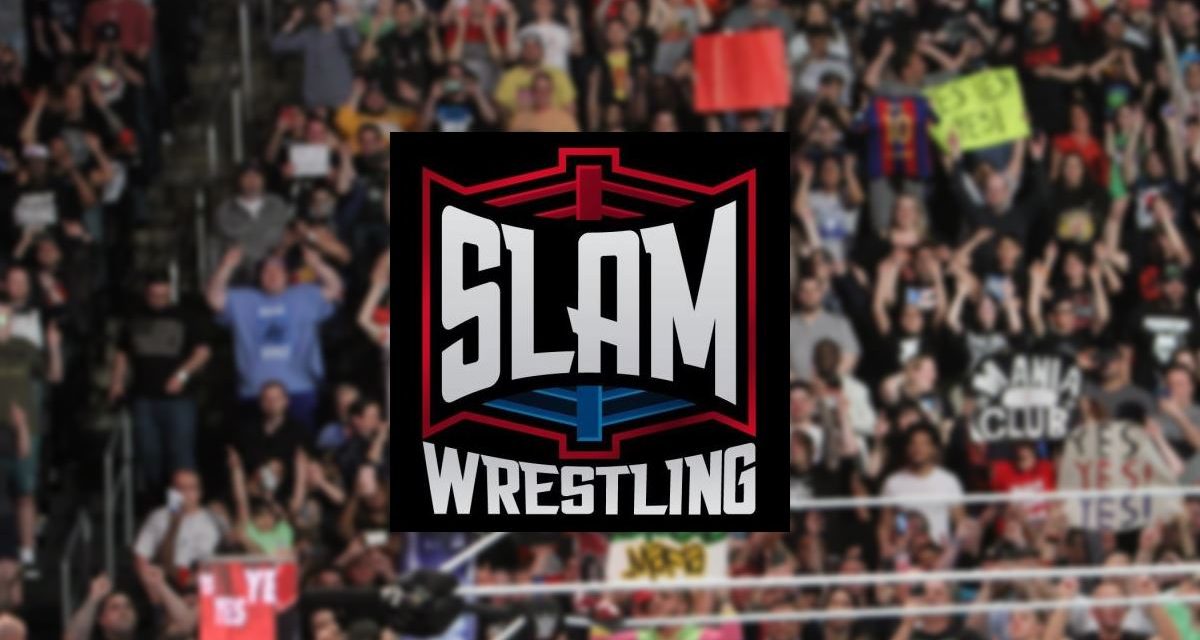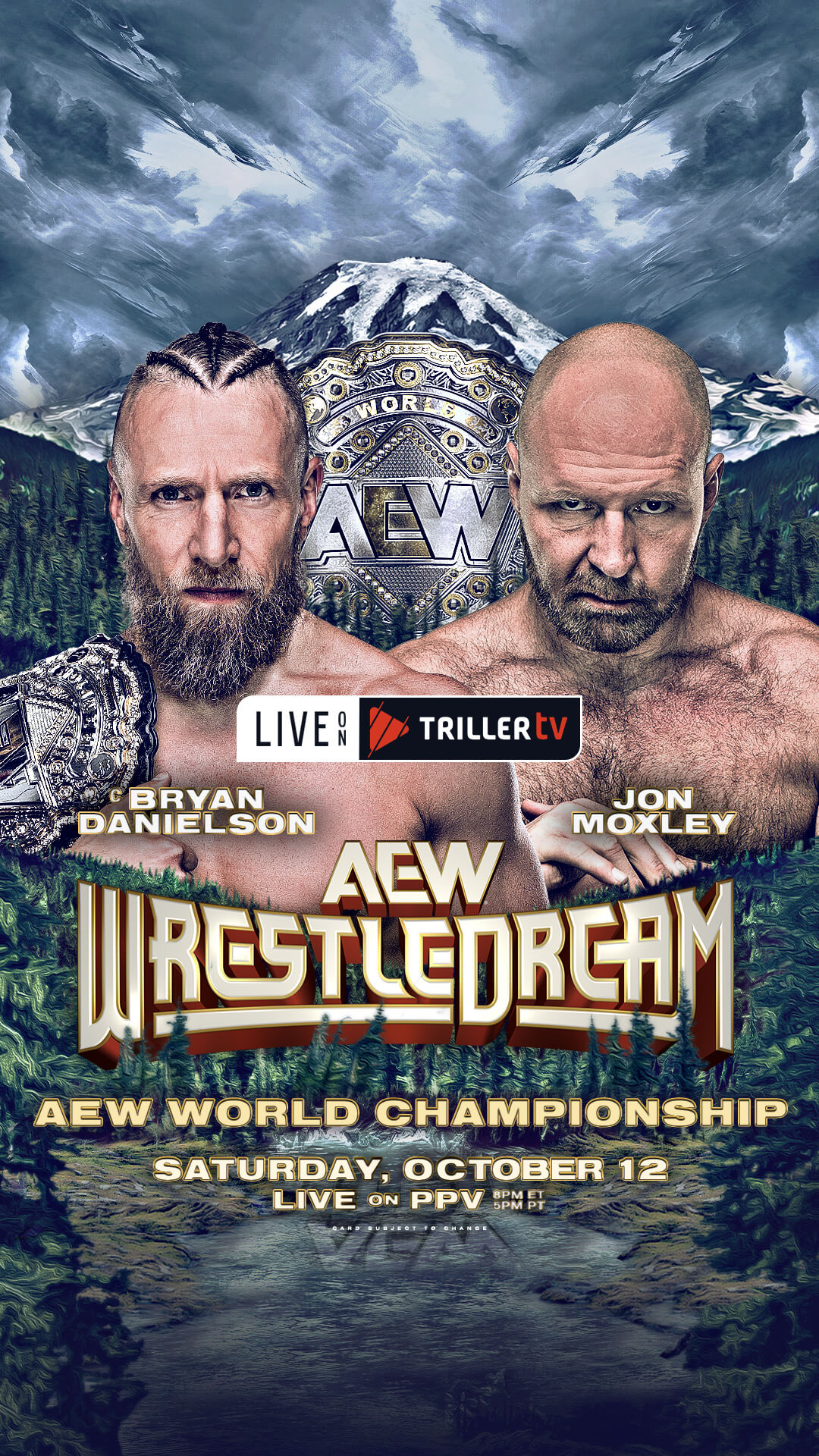There’s really no other way to explain the fact that as we sit on the verge of the Raw Homecoming show, Spike TV is replacing WWE programming with UFC for tonight, and who knows what else in the weeks to come. That never would have happened seven years ago, when wrestling was at the peak of its most recent cycle of popularity.
I look back on the world of wrestling circa 1998 fondly, as I’m sure many of you who read this do too. After lapsing as a wrestling fan for a number of years, I got sucked back in at the beginning of that year by watching WCW Monday Nitro. I discovered Raw was worth watching a few months later, and eventually I got to the point where I needed to tape Raw to watch after Nitro in a sort of five-hour orgy of sports entertainment. My rekindled love of pro wrestling combined with my budding writing skills to get me in the door at SLAM! Wrestling as the Nitro reporter. Those were good times.
Looking beyond the television shows, there was something else going on. Wrestling had wormed its way into the pop culture scene, probably deeper than even back in the ’80s when Hulk Hogan headlined the rock ‘n’ wrestling era. Because so many people were into it at the time, the usual stigma wrestling fans suffered from the misinformed or the uninitiated was at an all-time low. Chances are you could easily find someone you worked or went to school with to discuss the Monday night shows, and you wouldn’t have to work much harder to round up a crew to attend a live event — if you could get tickets.
In 1998, you could walk around wearing an nWo or Austin 3:16 t-shirt with your head held high, and I can remember many people doing just that almost everywhere I went. Wrestling was, as Carlito would say, cool.
Just two years later, Raw was on the move to what would eventually be known as Spike TV after the USA network, its home for over seven years, decided to aim for a more “sophisticated” audience. The casual fans were starting their gradual matriculation away from wrestling in the fall of 2000, but it still seemed arrogant and a bit snotty of USA to think that it would have more success with original programming (a.k.a. made-for-TV movies) than with U.S. cable’s number one show. The message to wrestling fans seemed to be thanks, but we don’t want you any more.
Thus, it’s with the greatest possible sense of irony that USA Network is welcoming Raw back starting tonight. Not only is the network practically admitting its play for a different demographic didn’t work, it also has to recognize that it isn’t getting the WWE of 1998 back, or even 2000 for that matter. What it’s getting is a show whose audience has been stripped down to its core, with only the most ardent followers keeping up with it. If you check out SLAM! Wrestling often enough to read this column, you can count yourself in that group.
The reasons for wrestling’s current state of malaise have been debated ad nauseum here and in many other places. One thing that’s clear is that the WWE has lost its casual fans and hasn’t figured out a way to get them back. It wasn’t for lack of trying. Every time Vince McMahon and company tried a Tough Enough or a Diva Search to try to hitch a ride on the reality TV bandwagon — or even the XFL, may it rest in peace, to lure the sports fan — it was an attempt to tap into something that would resonate with a wider audience. Die-hard fans, including yours truly, may have grimaced, but the truth is that those segments weren’t intended for us.
Reminiscing seems to be the WWE’s most recent tactic, with a much greater focus on superstars of the past and the heritage of the federation, and a little history never hurt anybody. Trouble is, blasts from the past appeal mostly to the die-hard fans, and Hogan is a great example. He got his pops from the fans in the arenas, but those are WWE loyalists, not the new blood needed to revitalize the product. I enjoyed his pay-per-view showdown with Shawn Michaels for what it was, but if I would have used it to try to convert a non-fan, laughter would have been the most likely result. Outside of pure nostalgia, Hogan’s relevance in 2005 is virtually zero.
That takes us back to Homecoming, because a large part of the promotion of the event centers around who will be returning to the show. Mick Foley, Mick Foley, “Rowdy” Roddy Piper and, yes, Hogan will be there, and rumors are rampant that we could see any number of additional familiar faces. That’s all well and good, but since these guys can’t or shouldn’t be returning to full-time in-ring action, it’s not enough. The matches and storylines featuring the WWE’s current roster need to be the focus. They have to be the reason for the lapsed fan of 2005 to return to the fold, or for a friend to get a phone call telling them they have to watch next week.
It’s tempting to say that Homecoming is do-or-die, but that would be an exaggeration. It is, after all, just one show, and even though it doesn’t seem like it sometimes, the world of professional wrestling is much bigger than just the WWE. But even if you’re a TNA or indy fan and couldn’t care less about Raw, if you believe that a rising tide really lifts all ships, you should be rooting for it to be a success.
The pieces seem to be in place for the new era on USA to be more than just an optimistic cliche. There are still creative people working in Titan Land — the fantastic Royal Rumble promos from January and the recent “moving to USA” ad campaign are proof of that — and I wouldn’t bet against Vince finding a way to get back in step with pop culture one more time. If Homecoming can avoid being merely a celebration of a glorious but bygone past, it has the potential to be the true start of the future.
It might even be the first step to making wrestling cool again. Here’s hoping.


